Everything we know about Company of Heroes 3
Get all the details on Relic's incredibly ambitious World War 2 RTS.
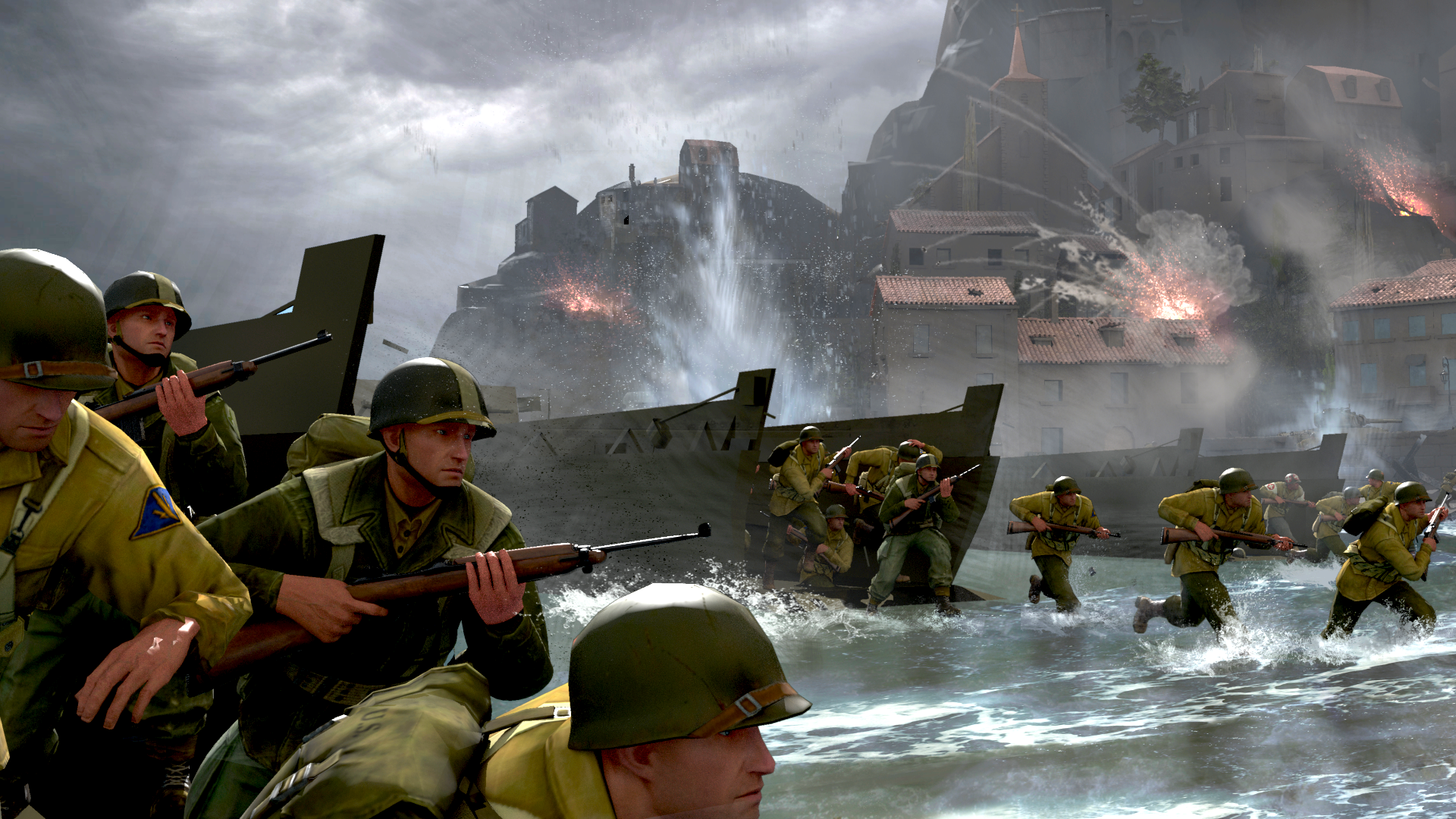
The strategy masters at Relic are bringing us another return to World War 2. Company of Heroes 3 is approaching, and bringing with it numerous new features that are as surprising as they are exciting. The series is one of the best RTS staples around, managing to plant its flag firmly even during the decline of the genre. And with a much smaller field in the real-time strategy arena these days, a new Company of Heroes is more than welcome.
We've played for around 11 hours already, and chatted to various members of the team, and the new entry is more than holding the line. There have been two public playtests of the multiplayer already. So as we wait for launch, we'll also be popping whatever we learn into this big feature, so keep reading to find out everything we know about Company of Heroes 3.
What is the Company of Heroes 3 release date?
Company of Heroes 3 will launch on February 23, 2023 over on Steam. It was originally planned for November 17, 2022, but Relic rescheduled that date as of October, saying "our team has decided the game is not quite up to our players' or our own high standards." Relic added that the time will be spent addressing bugs, feedback, and polish for Company of Heroes 3.
How does Company of Heroes 3 multiplayer feel?
In short—a glorious cacophony. Managing the ebb and flow of combat can be a lot, as Fraser found out in his time with it: "The chaos of multiplayer, especially when it's more than 1v1, is a sight to behold. There's stuff happening all over the map, but even right in front of you there's often so much going on that, initially, it can be hard to wrap your head around. Dueling tanks, infantry getting mown down by strafing runs, artillery pounding the area until it's been terraformed, paratroopers dropping down from the sky, buildings collapsing—there are moments where I forget all about what I'm meant to be doing and just stare, impressed and intimidated. Maybe a bit confused."
Since you won't have access to the built-in breather of the tactical pause in multiplayer, it pushes you to keep your focus in a lot of places at once, and triage which skirmish needs your direct attention—and which one will have to fend for itself for a minute.
What theatre is Company of Heroes 3 set in?
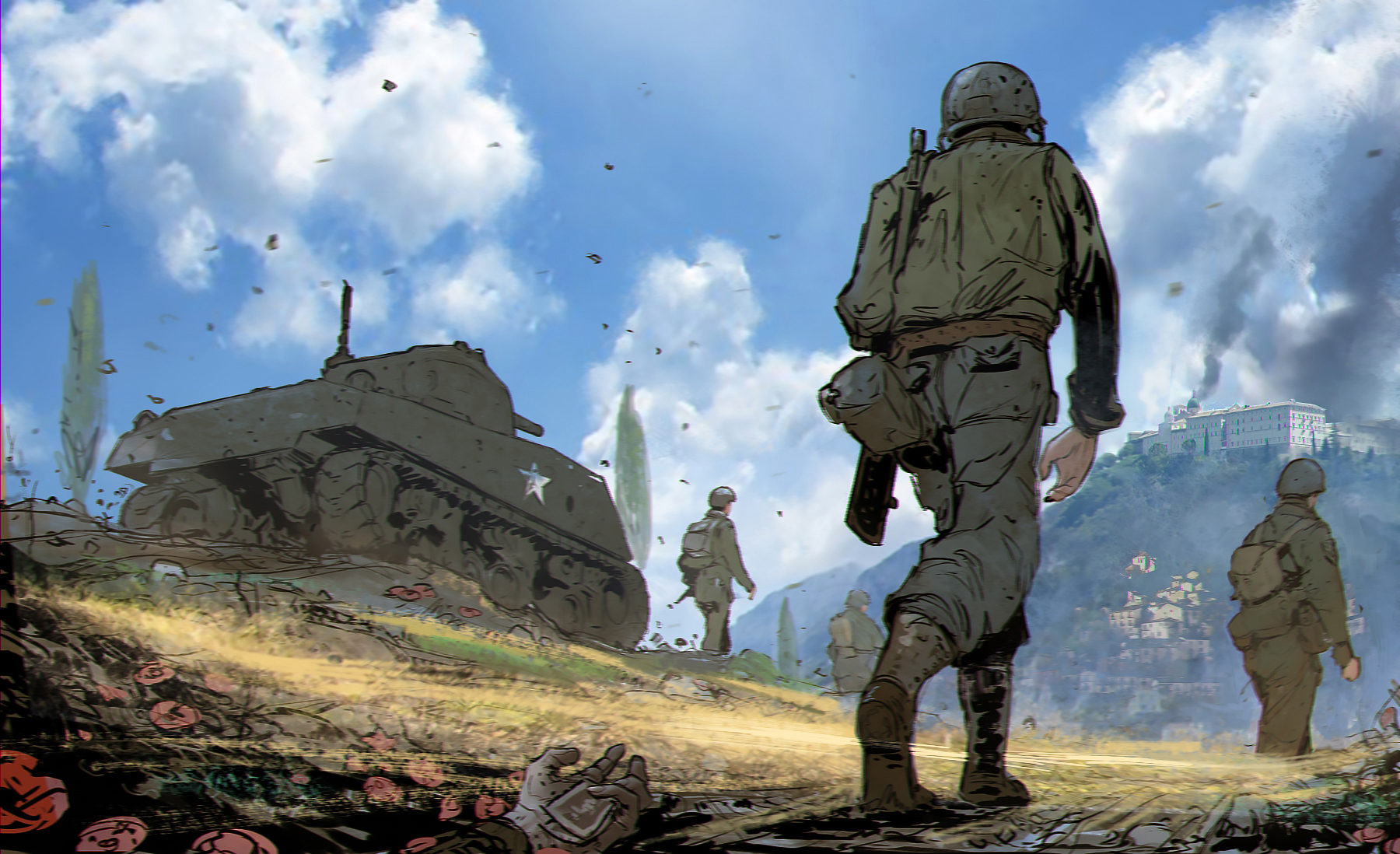
After fighting through the Western and Eastern Fronts, Company of Heroes is now heading to the Mediterranean. You'll duke it out in a campaign set across Italy, and North Africa has now been confirmed as well, where you'll conquer territory, get into skirmishes and fight bespoke battles.
We've only seen Italy, and it seems massive. I played through a small slice where I had to take Monte Cassino, giving me a road to Rome, but along with my main objective were countless other battles, side missions and territory to conquer. What I could have done in four hours took me 11.
The biggest gaming news, reviews and hardware deals
Keep up to date with the most important stories and the best deals, as picked by the PC Gamer team.
The North African campaign is a more straightforward RTS campaign than the open map of Italy. "The North African operation is a linear story," senior mission designer David Milne told me during its reveal. "So the players are going to go through and play each mission one after the other and experience that whole story start to finish as we tell it to them."
Interestingly, we've also heard that the selection of Italy as a setting was a choice made by the player council Relic is working with.
What Company of Heroes 3 factions will be playable?
You'll be able to play as the German, UK and US forces, though on the campaign you'll just be playing the Allies. Importantly, you will actually be able to command both at the same time, giving you a very large toy box to play with. The cooperation and tension between the Allies is a big part of the campaigns, so you'll need to juggle the desires of your subcommanders, who include an Italian partisan liaison.
The partisans are a special faction in that you won't be commanding them like a normal army. Instead, you'll use them on the campaign map to create traps and snatch up enemy intel. I had to liberate some partisan forces first, and then by making choices that favoured them, I unlocked a bunch of convenient perks.
How do Company of Heroes 3's campaigns work?
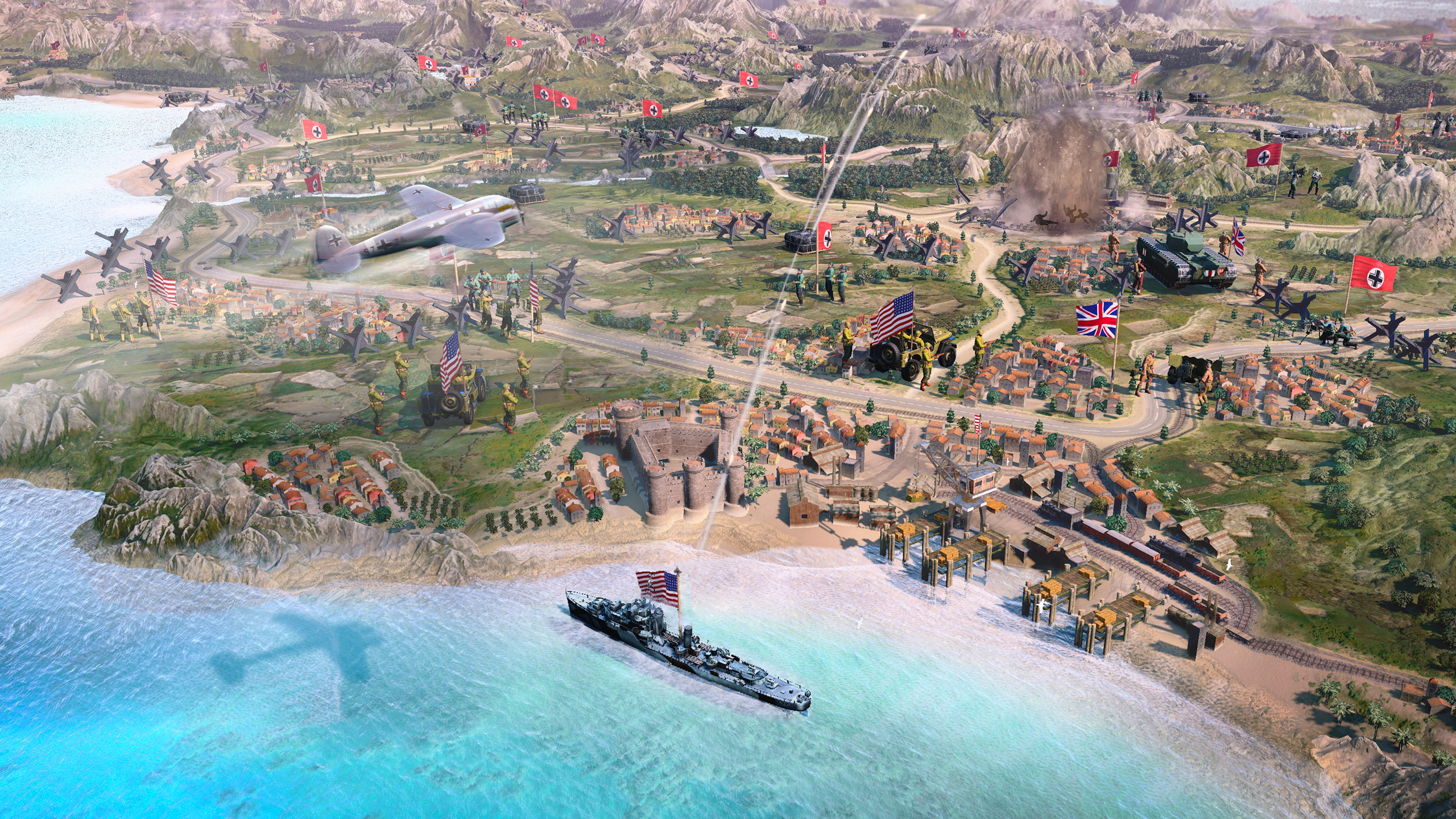
Company of Heroes 3's campaigns are turn-based and take place on huge maps evocative of Total War. You'll have discrete objectives, but otherwise you can explore and conquer these maps however you want, letting you make your own route to victory.
Relic has created a 'holistic loop' that keeps the campaigns feeling inextricably linked to the RTS battles. Everything you can do in a real-time fight, you can do on the turn-based map, whether it's using your air force to scout an area, your engineers to remove mines or your artillery to demolish enemy units. When you engage with an enemy on the map, you get to exchange fire before jumping into an RTS battle, and if you do enough damage you can wipe them out before the main fight. Even if you don't, the impact of that turn-based confrontation will still change things.
As you take more territory, you get more resources that can be spent on your troops. Each bit of territory gives you something, though taking advantage of it means you'll need to keep your supply lines open, and a broken link will mean your units will suffer. Some locations also give you access to naval and air power, turning Company of Heroes 3 into a proper combined arms game.
With an airbase under your command, you can send planes on scouting missions, bombing runs and drop troops behind enemy lines. Ships, meanwhile, can transport troops far afield, or bombard enemies from the safety of the coast. All of this will be a boon on the campaign map, but you'll be able to use them all in missions too.
What's new in the real-time battles?
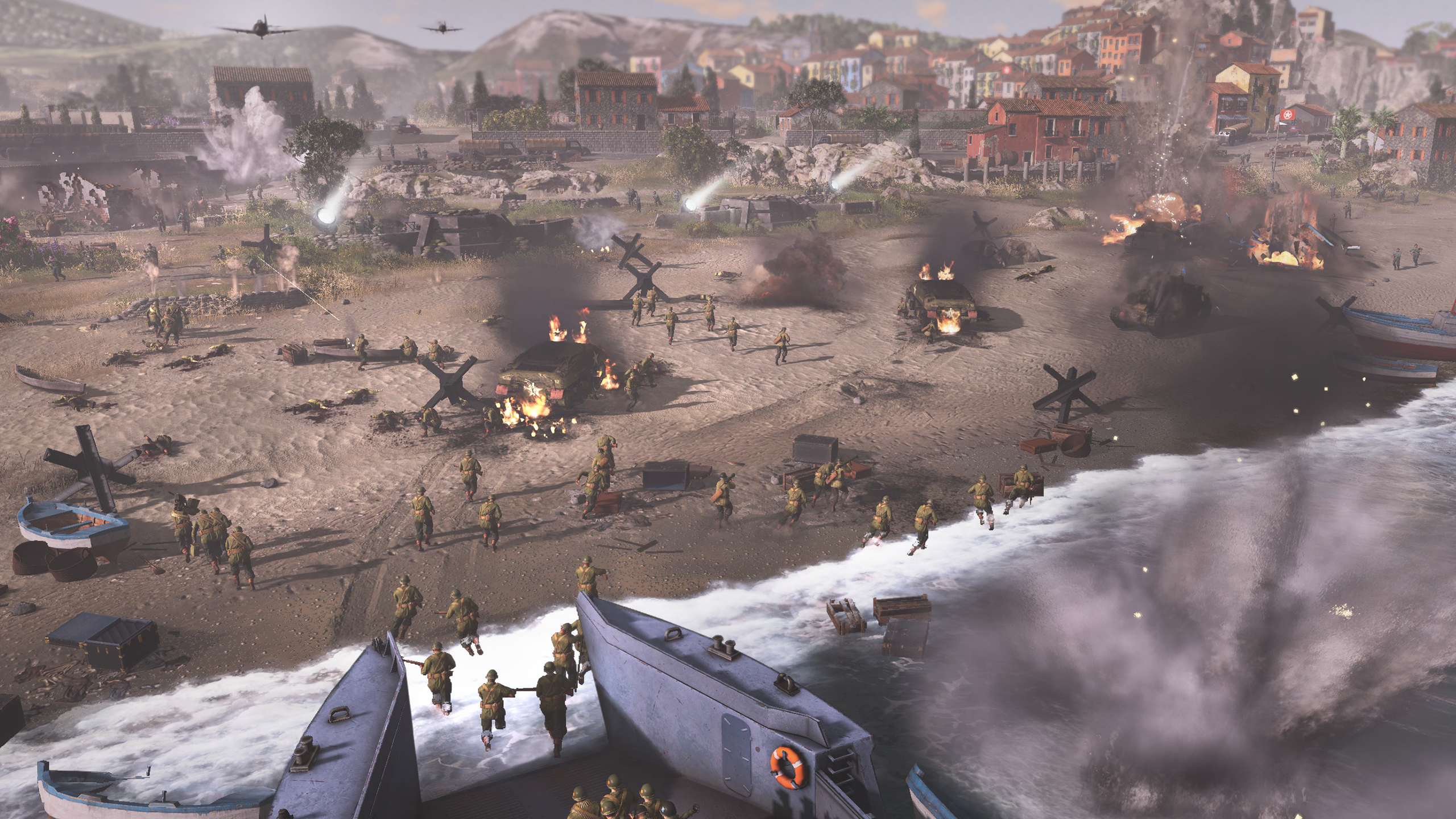
As well as having this strong connection to the campaign map, the RTS engagements have a few more tricks up their sleeves.
The tactical pause system is one of the most notable new additions. Essentially, you can play the entirety of Company of Heroes 3's singleplayer with your finger never drifting far from the pause button. When you freeze the action, you can still command your troops, queueing up orders to allow them to pull off elaborate attacks the moment you return to the fray. Relic hopes it will help new players make sense of the complex fights, but it's also just a really enjoyable way to play, especially if you've spent more time with turn-based tactics lately.
Destruction is a series mainstay, and Company of Heroes 3 has dialled up the system considerably. All of its props, from buildings to foliage, can be damaged, and they don't just have a couple of states. Buildings can be chipped away at over time, vehicles can have parts blown off and the destruction system tells you the story of the fight. The system dramatically transforms the battlefield, aided by striking lighting and the bombastic audio. Looking at maps after a fight, they're barely recognisable.
New to the destruction system is the persistence of things like fallen masonry, which can be used for cover. Destruction doesn't mean all the cover vanishes, it just changes the kind of cover. There might be fewer buildings to hide in, but that doesn't mean everyone's fighting in the open. Debris can also be a risk, too, as it can fall on troops and crush them.
You can also choose to breach a building instead of toppling it. You can command your infantry to breach, at which point they'll toss in a grenade and then wipe out the enemies hiding inside. Some of them might flee out the back, but you can catch them if you position other troops behind the building. If you use upgraded engineers, you can even use your flamethrower to breach, which is a lot of fun.
Most of your real-time fights will be in random skirmishes with a variety of objectives, including racing to victory points, chasing down routing enemies and turtling up to defend areas. You'll also encounter bespoke missions with more elaborate maps and objectives. Some of these missions are things you'll build up to, completing objectives on the campaign map before you get into the main fight. You'll also encounter random objectives in missions, like taking out a specific enemy or hunting down intel.
Company of Heroes 3 will have mods from day one
Relic has been working alongside community modders since Company of Heroes 3's earliest days, inviting them to a seat on the feedback-providing community council before the game had entered production in earnest. With tools like Relic's own Essence Engine editor already in modders' hands, the hope is that CoH 3's Steam Workshop page will be humming with downloadable community-made content on release day.
"The idea is to have them at launch," said executive producer David Littman. "Players can go to the mod page—it works through Steam Workshop—and boom, there are some mods on day one. So that's the goal. I can't say for certain, because things happen. But yeah, that is the goal."
What's the difference between companies and detachments?
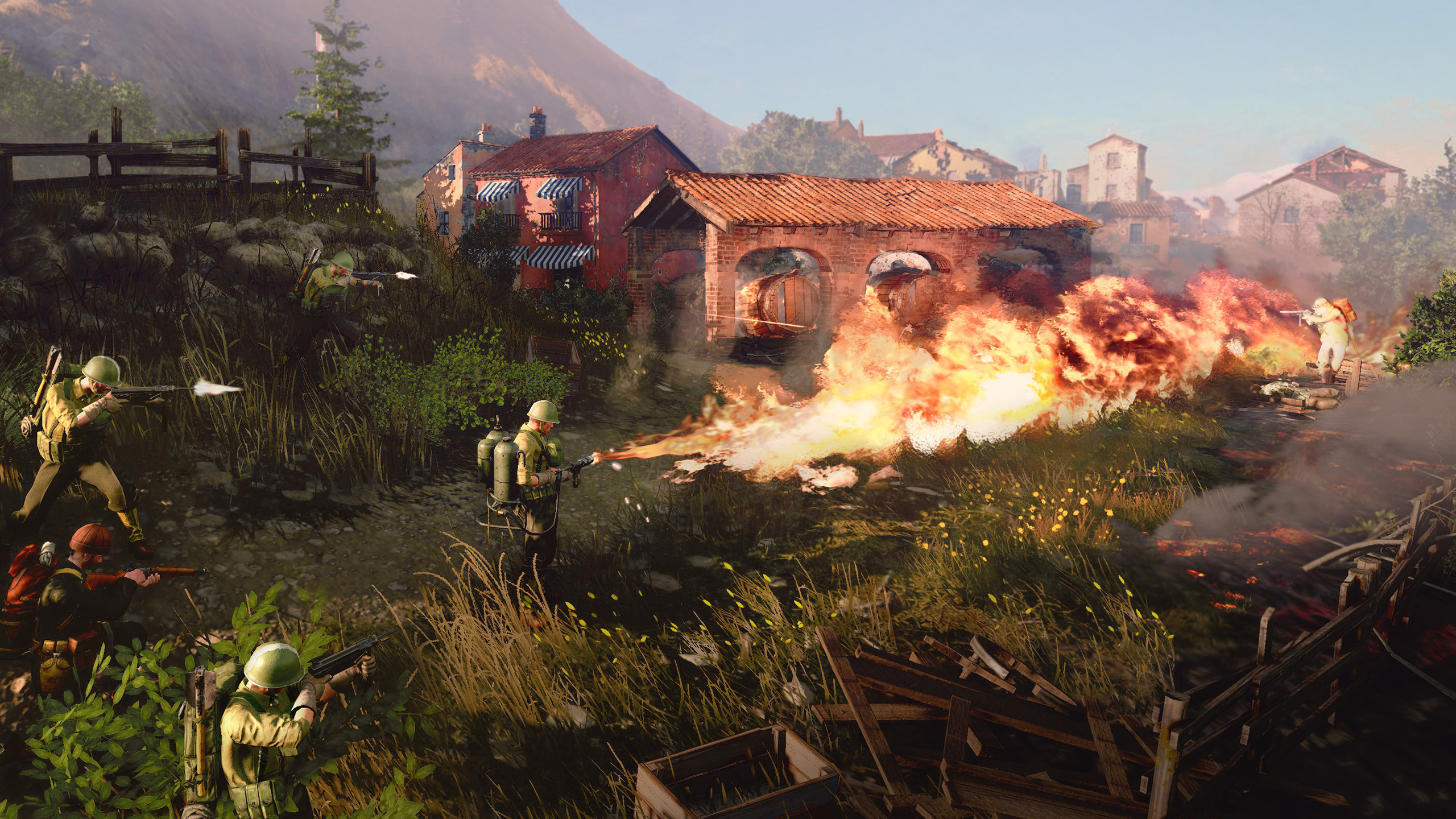
Companies are your primary units in the campaign, ranging from American airborne units to Indian artillery. They have commanders, tech trees and can engage in both campaign and real-time battles. They all have access to their nation's generic troops, but also come with unique abilities and troops depending on their type. An airborne company, for instance, can summon more soldiers and weapons from the sky.
Like companies, detachments can fight on the campaign map, and they've got handy special abilities, like healing other units or removing mines. They can't directly engage in real-time battles, but if they're near or attached to a company they empower it with more troops and abilities. Stick a medic detachment to a company, for instance, and you'll be able to field a truck that passively heals all the soldiers around it.
What do Company of Heroes 3's subcommanders do?
Subcommanders are essentially advisors. In the Italian campaign, you've got representatives of the US and UK forces, as well as the Italian partisan liaison. They'll appear from time to time, advising you and directing you towards possible opportunities. They also reflect the tension of this alliance, each having their own opinions on how to win the conflict. The US subcommander might recommend bombing an area before sending in troops, but the partisan liaison might point out that civilians are still in the area, suggesting a subtler approach.
Making your subcommanders happy will unlock various perks and, while some of your decisions will piss off your subordinates, it's possible to keep them all happy, allowing you to get a greater range of perks.
Finally, let's enjoy a game of Spot the Difference
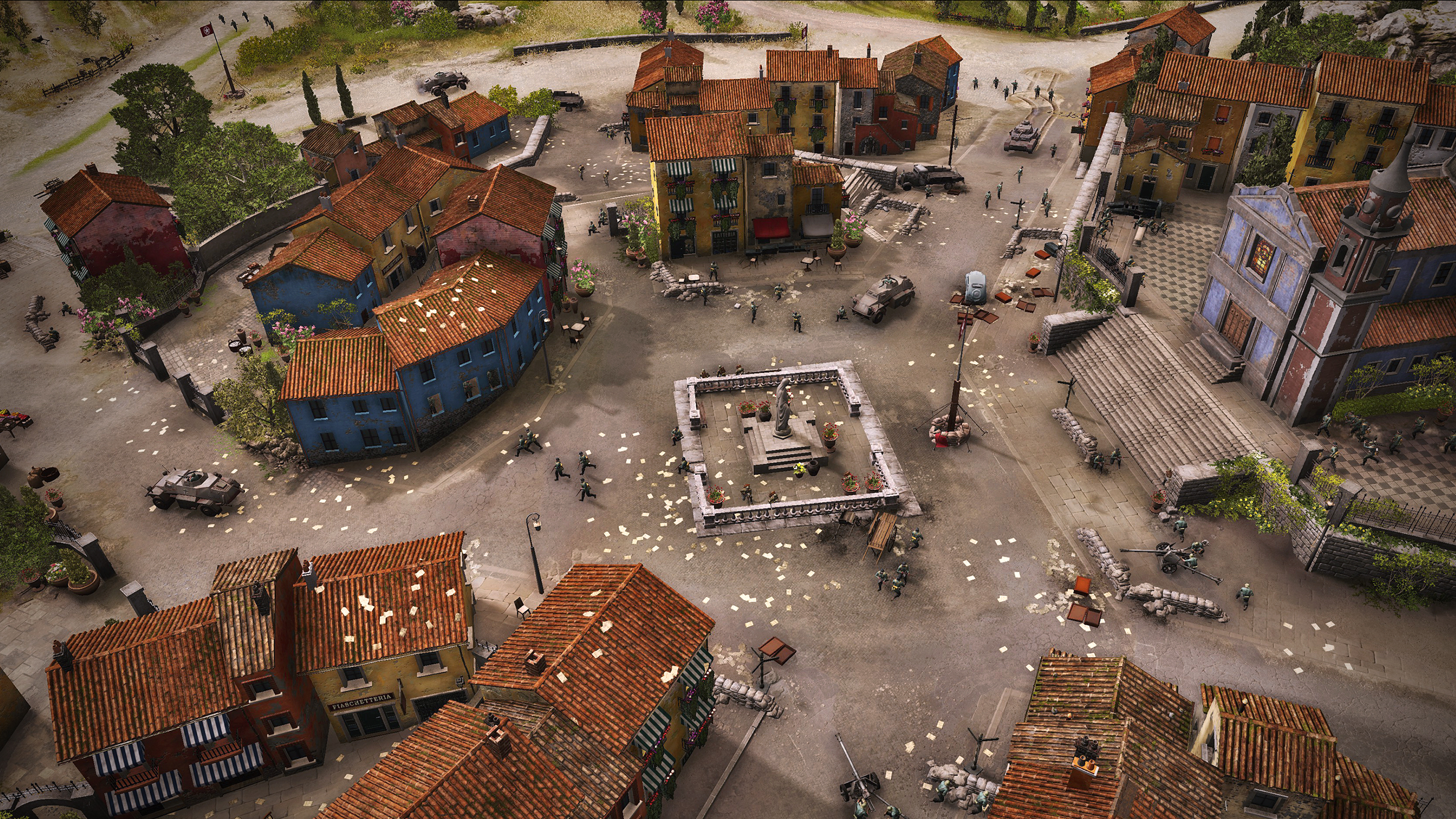
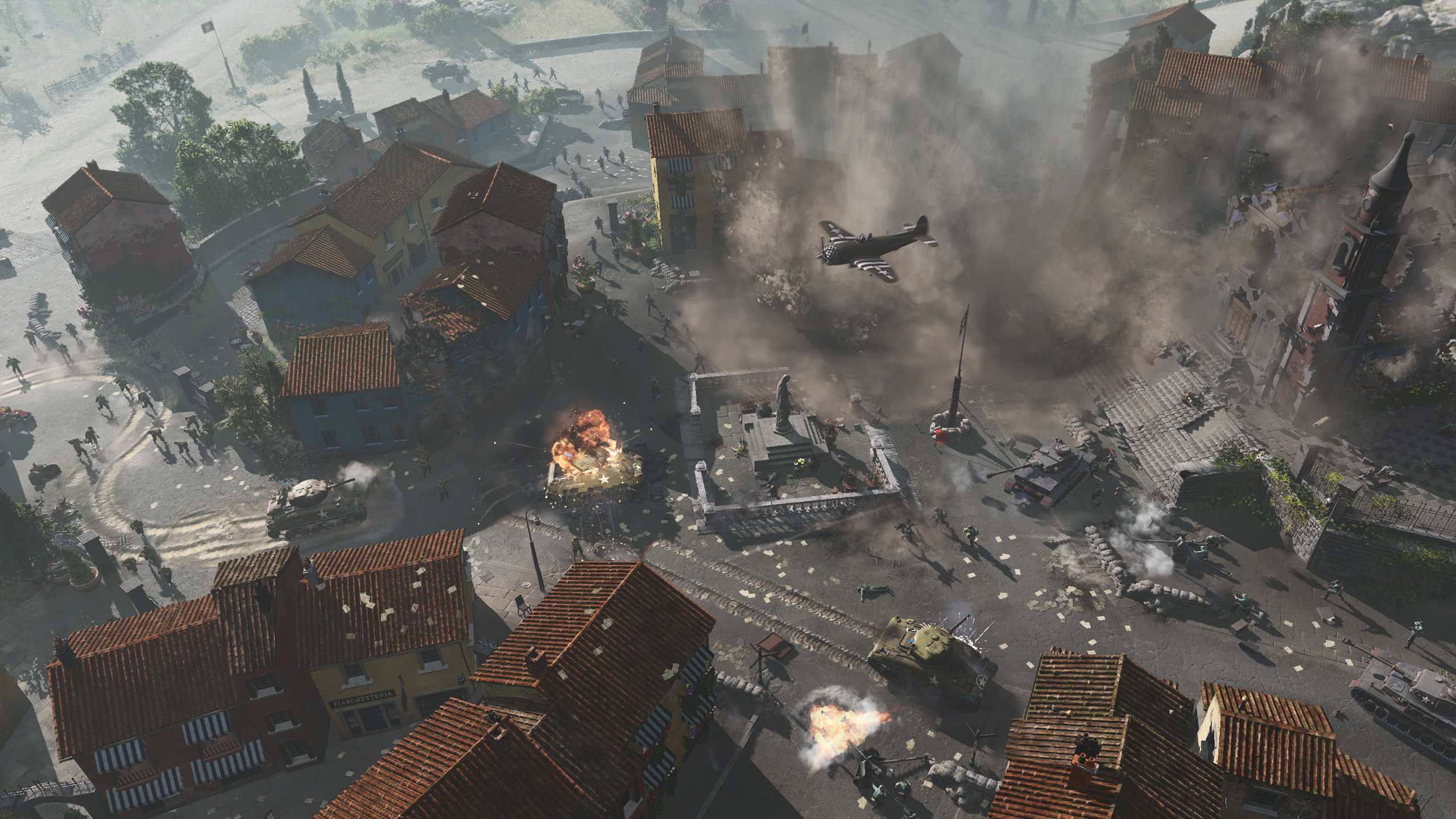
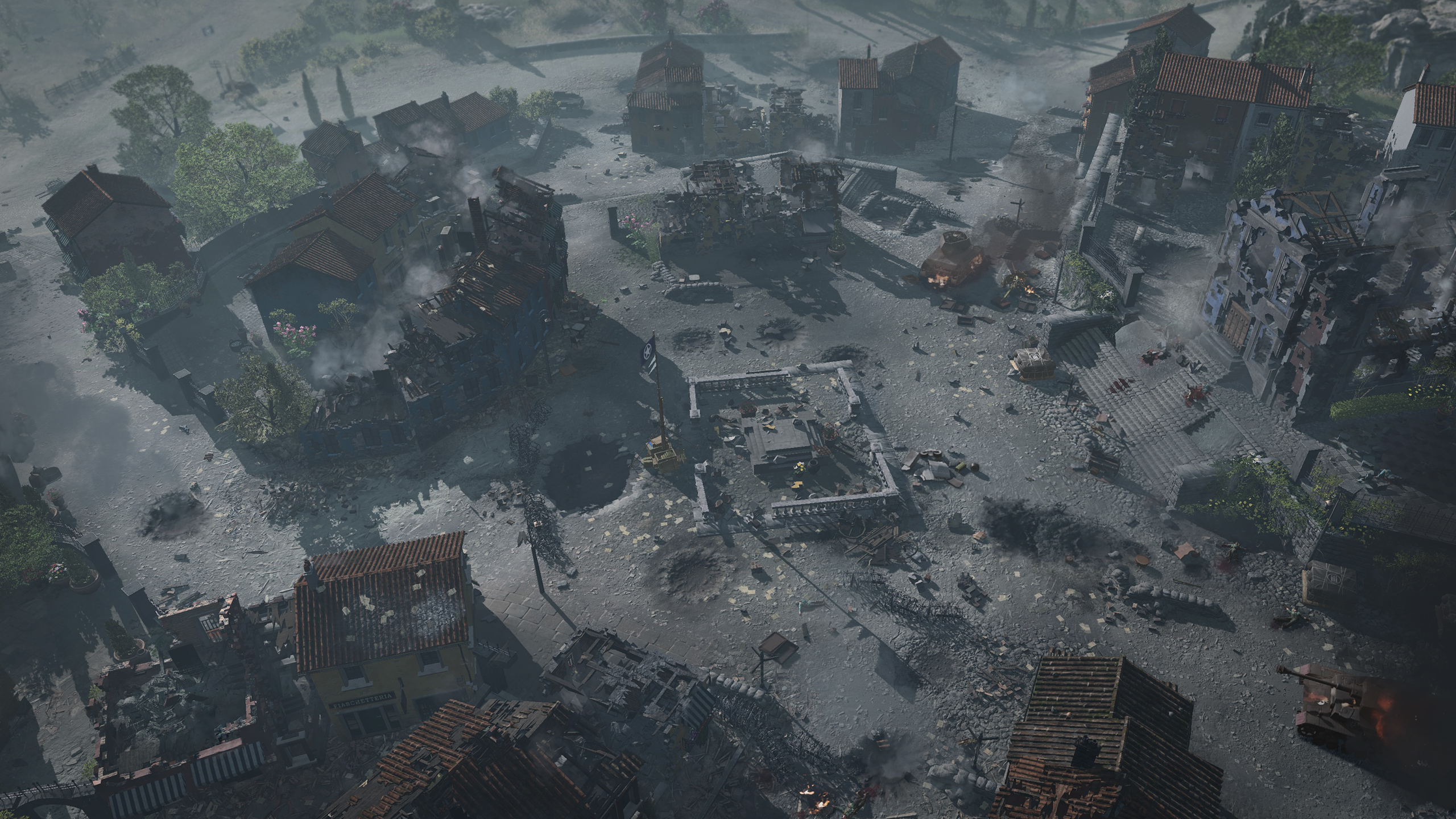

Fraser is the UK online editor and has actually met The Internet in person. With over a decade of experience, he's been around the block a few times, serving as a freelancer, news editor and prolific reviewer. Strategy games have been a 30-year-long obsession, from tiny RTSs to sprawling political sims, and he never turns down the chance to rave about Total War or Crusader Kings. He's also been known to set up shop in the latest MMO and likes to wind down with an endlessly deep, systemic RPG. These days, when he's not editing, he can usually be found writing features that are 1,000 words too long or talking about his dog.

